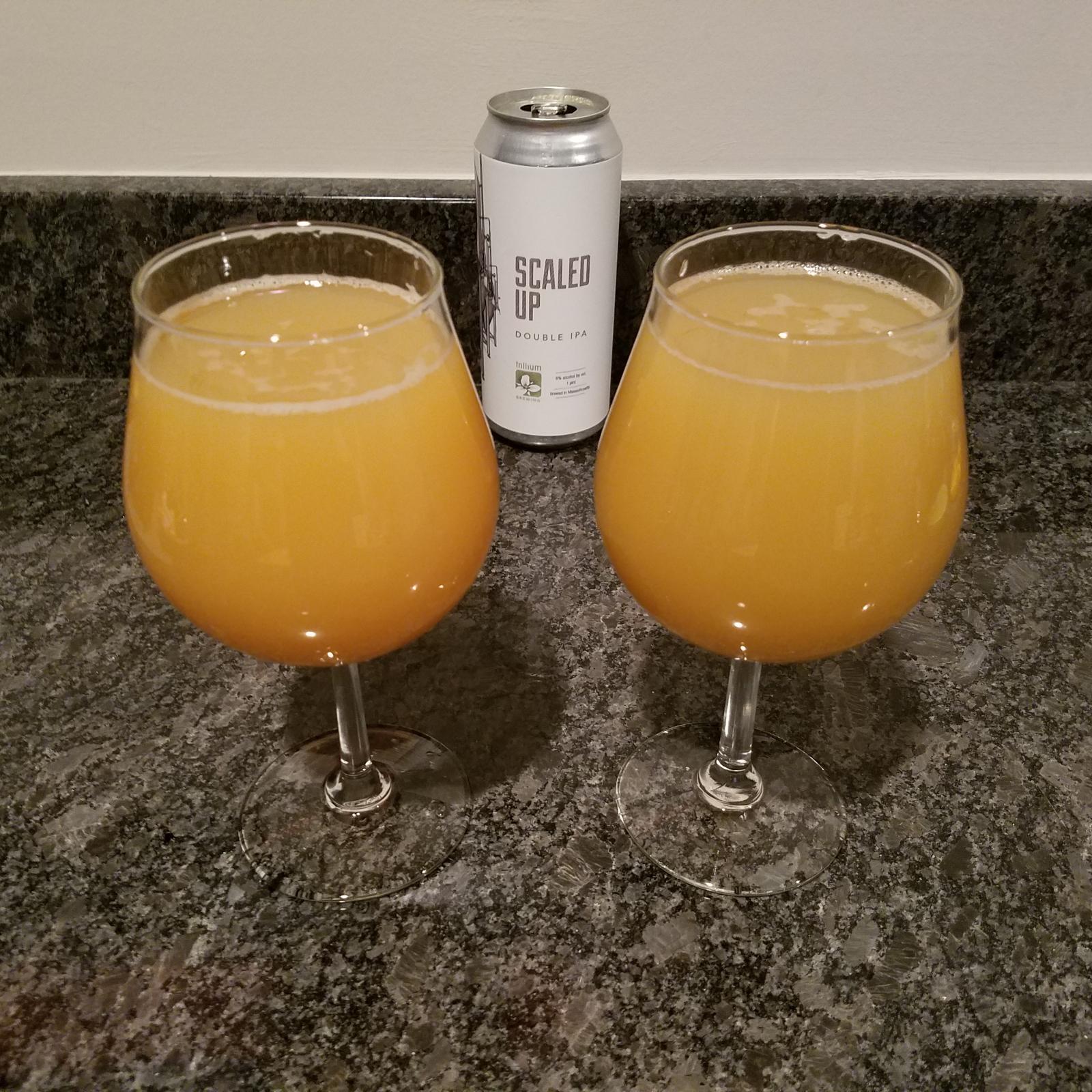plazola86
Well-Known Member
- Joined
- Jan 21, 2014
- Messages
- 438
- Reaction score
- 165
View attachment ImageUploadedByHome Brew1486700681.238922.jpg
Kegged today. Can't wait to try it carbed up!
Kegged today. Can't wait to try it carbed up!


Agree. There's a lot of flavor in what is actually a pretty light beer. It's characteristics definitely make it sessionable though.
That's warm to me
First time I've been able to do a side by side with Trillium (my benchmark for best NEIPA). I think I'm in the ballpark appearance-wise.
Had an OG of 1.056, after 6 days it dropped to 1.01. Took a reading today (day 8) and still at 1.01. Krausen has dropped but there is still a little bit of activity in the airlock. Just curious, how long are you guys leaving these in the fermenter? Should I keg this later today or leave it for a couple more days?











![Craft A Brew - Safale S-04 Dry Yeast - Fermentis - English Ale Dry Yeast - For English and American Ales and Hard Apple Ciders - Ingredients for Home Brewing - Beer Making Supplies - [1 Pack]](https://m.media-amazon.com/images/I/41fVGNh6JfL._SL500_.jpg)
Had an OG of 1.056, after 6 days it dropped to 1.01. Took a reading today (day 8) and still at 1.01. Krausen has dropped but there is still a little bit of activity in the airlock. Just curious, how long are you guys leaving these in the fermenter? Should I keg this later today or leave it for a couple more days?
First time I've been able to do a side by side with Trillium (my benchmark for best NEIPA). I think I'm in the ballpark appearance-wise.
personally, I like leaving beers on the yeast 12-14 days even if they are "done" at 7-8-9 days. There are still things likely going on with the yeast and beer that are beyond simply eating sugars. The yeast will clean things up a bit with those extra days. I have had experiences where a beer was "done" in 7 days and I kegged it..... and ended up with acetaldehyde or other off flavors that I could have avoided by waiting a few more days probably.
Do you have access to the latest BYO? (Jan/Feb 2017) Denny Conn's "Fast Lagers" article offers some insights on how this works. Apparently the "clean-up" does not work in the way I believe a lot of home brewers, myself included, think it does.
I should have access to it ..... have not gotten it in the mail yet. I will have to check it out. Be interesting to read it. I just know that when I try to turn a beer around in that 7-10 day window, it seems that is is kind of a 50/50 proposition as to it not tasting quite as good if I just let it go 12-14..... which seems to consistently give me good results.
can we have a quick recap? i don't get BYO
My latest ne dipa with Amarillo, citra, vic secret and gen 4 1318 yeast. Two weeks bottled and it's hop juice in another week should be peaking. View attachment 388584
Looks good. What was your FG? Have you done a NE style IPA with Gen 1 1318? I'm about to brew this for the first time with a fresh pack of 1318 (in a starter of course) so just wondering what to expect.